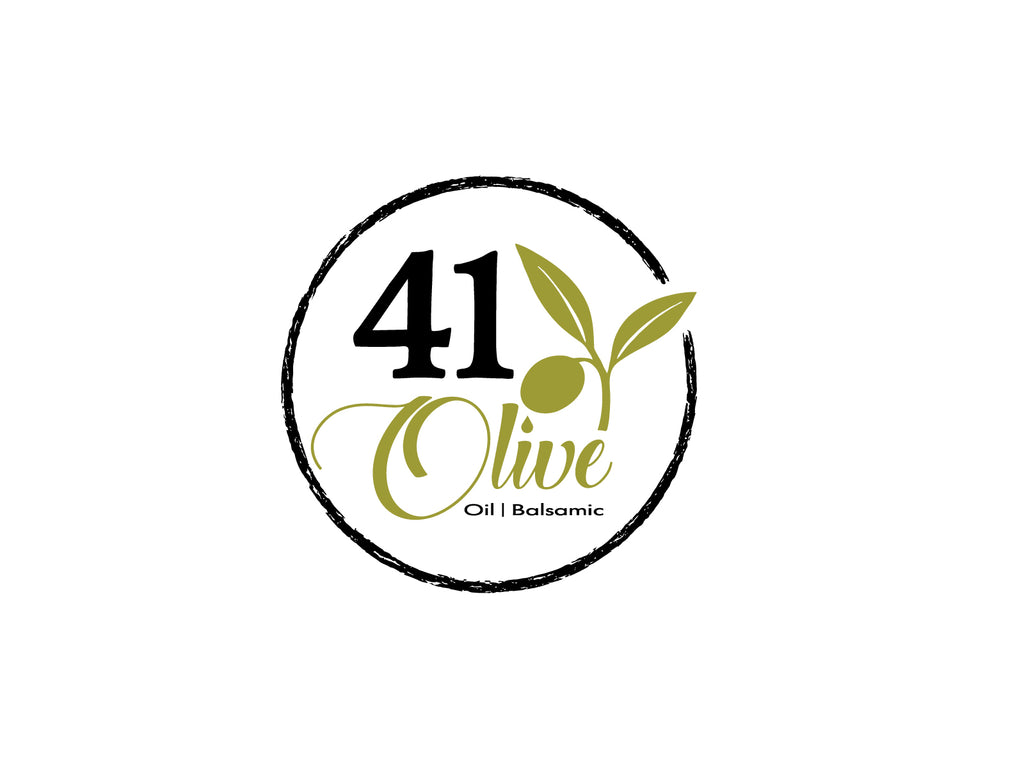Outstanding Ways to Use Balsamic Vinegar Daily
What is Balsamic Vinegar Anyway?
Balsamic Vinegar is a reduction made from grapes, but it is not considered a wine vinegar because the grape juice used is unfermented. The unfermented white sweet grape juice that is used is called"must" and comes from Trebbiano grapes.
First, the grape juice is cooked in a copper cauldron until it is reduced by 35 to 50 per cent. Then, the decrease is placed (along with a bit of already-aged vinegar to get the process started) into oak barrels to age.
Each year, part of the vinegar evaporates, and the vinegar is transferred into a smaller barrel made of a different wood (chestnut, cherry, juniper, mulberry, cacia, and ash are commonly used). Each individual wood utilized infuses a different flavor into the vinegar, making it more complicated, distinct and interesting. And as the vinegar ages and becomes concentrated, it will become thick, sweet and dark....just the way it should be.
This process originated in the northern Italian city of Modena. If Balsamic Vinegar is made following the standards of Modena (which includes each kind of wood barrel) and passes a rigorous and extensive taste test, it may be deemed Tradizionale di Modena.
Reggio-Emilia is another Italian city where traditional balsamic vinegar is made (vinegars made here could be called tradizionale di Reggio-Emilia). These vinegars are extremely costly and are amazing for flavoring meat, as a dip for strawberries, and even as a flavoring for a sweet beverage. Some desserts, including panna cotta, crème caramel and zabaglione, may call for this vinegar.
You may be more familiar with a more commercial version of Balsamic Vinegar, which has a considerably shorter aging procedure. Often, some of the traditional barrels are skipped (and in many cases, only oak is used). This vinegar is a great for using in salad dressings, marinades, sauces, and pastas.
How Can I Use Balsamic Vinegar In My Cooking?
There are three basic age classes of Balsamic Vinegar, and each is used differently:
The youngest group, 3 to 5 years, is great for salad dressings, dipping sauces for vegetables and bread, sauces and marinades.
The middle age group, 6 to 11 years, is usually thicker and is quite versatile. Use it sauces (at the end of cooking), in risotto and pasta dishes, in marinades and mixed with mayonnaise or sour cream for a sandwich condiment.
Well-aged Balsamic Vinegar (12 to 150+ years) is best used after the cooking is finished, and in otherwise gentle dishes (nothing spicy or heavily seasoned), so it can shine on its own. Use it to flavor meat such as chicken, steak, fish or veal. It is well-suited to fruit and cheese pairings, such as strawberries, peaches and pears, along with ricotta or feta cheese. It may also be appreciated by itself (just a very small amount) or added to water for a refreshing beverage.
Recommend Any Good Recipes to Cook with Balsamic Vinegar?
If the only time you think of yanking that jar of balsamic out of the cupboard is when it's time to make a salad, you are missing out. Here are few incredible ways to cook with Balsamic Vinegar.
To Finish Soups and Sauces: Balsamic Vinegar and ripe summer tomatoes have a renowned affinity for one another. From that simple summer salad, it is not overly hard to make the leap to tomato-based soups and sauces. Add a splash of Balsamic Vinegar to these dishes at the very end of cooking to bring the flavors together.
In Braised Dishes: While Balsamic Vinegar added at the end of cooking adds a splash of brightness, using even a little Balsamic Vinegar as part of the liquid in a braise provides the entire dish a deep, rich, somewhat sweet flavor.
Reduced into A Syrup: Balsamic Vinegar syrup drizzled over a scoop of vanilla ice cream is amazing! Especially if strawberries are included. If you have a very good old Balsamic Vinegar, then reducing it is often not necessary. But if you're working with a basic Balsamic Vinegar, throw a cup or so in a small saucepan with some sugar. A stick of cinnamon can also be nice. Let it reduce until syrupy, then cool before using.
For Marinating Meat and Tofu: With some sliced shallots and a dollop of mustard, balsamic is an awesome vinegar to use for marinating. It is great with steak and other read meats, but it can also be used for tofu and large portabella mushrooms.
In Soda and Cocktails: Considering that its candy character, Balsamic Vinegar has a very similar flavor profile into soda's and cocktails. You can dilute Balsamic Vinegar in soda water for a very grown-up fizzy drink -- try this recipe for a Strawberry Balsamic Soda! In cocktails, you can use Balsamic Vinegar mixed with liquors like bourbon and rye.
What's the Best Kind of Balsamic Vinegar to Get?
If you want the thick, sweet, complicated Tradizionale, look for a label that has the phrase Aceto Balsamico Tradizionale di Modena, that is a term applied only to the best Balsamic Vinegar. Expect to pay a nice amount for this vinegar. You may just use it in drops, so it is going to last a little while.
Condimiento vinegars will also be high-quality, as they are made in the same way as the tradizionale, though they may be made outside Modena.
If you are searching for a more accessible balsamic, check the ingredients to make sure no sugar is added. Often, low-quality vinegar is sour, and brown sugar may be added to help mask its inferiority.
Authentic Balsamic Vinegar just has one ingredient:'must'. You may also note the age of the vinegar, if the jar is labeled with this information. In general, more aged Balsamic Vinegar is better.
